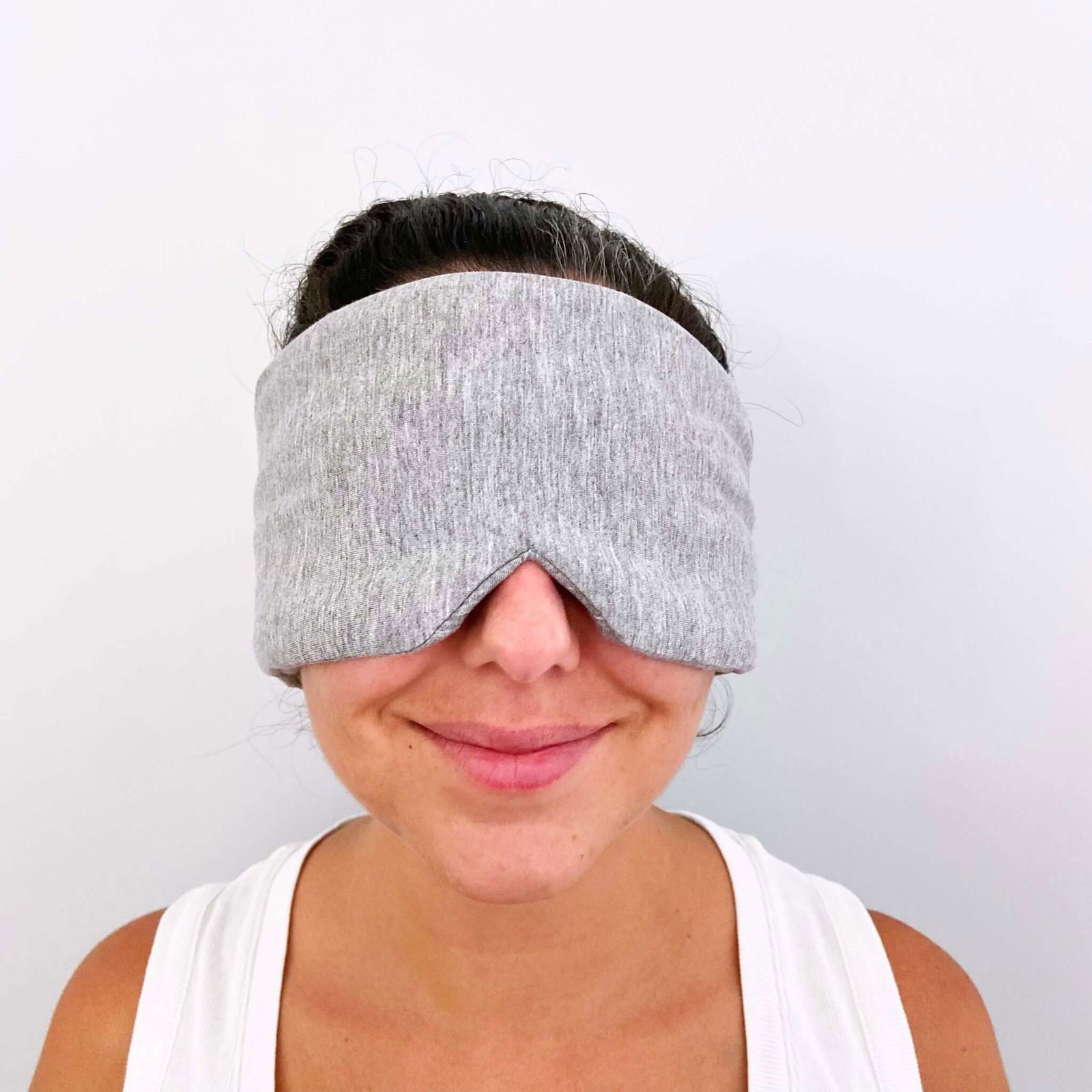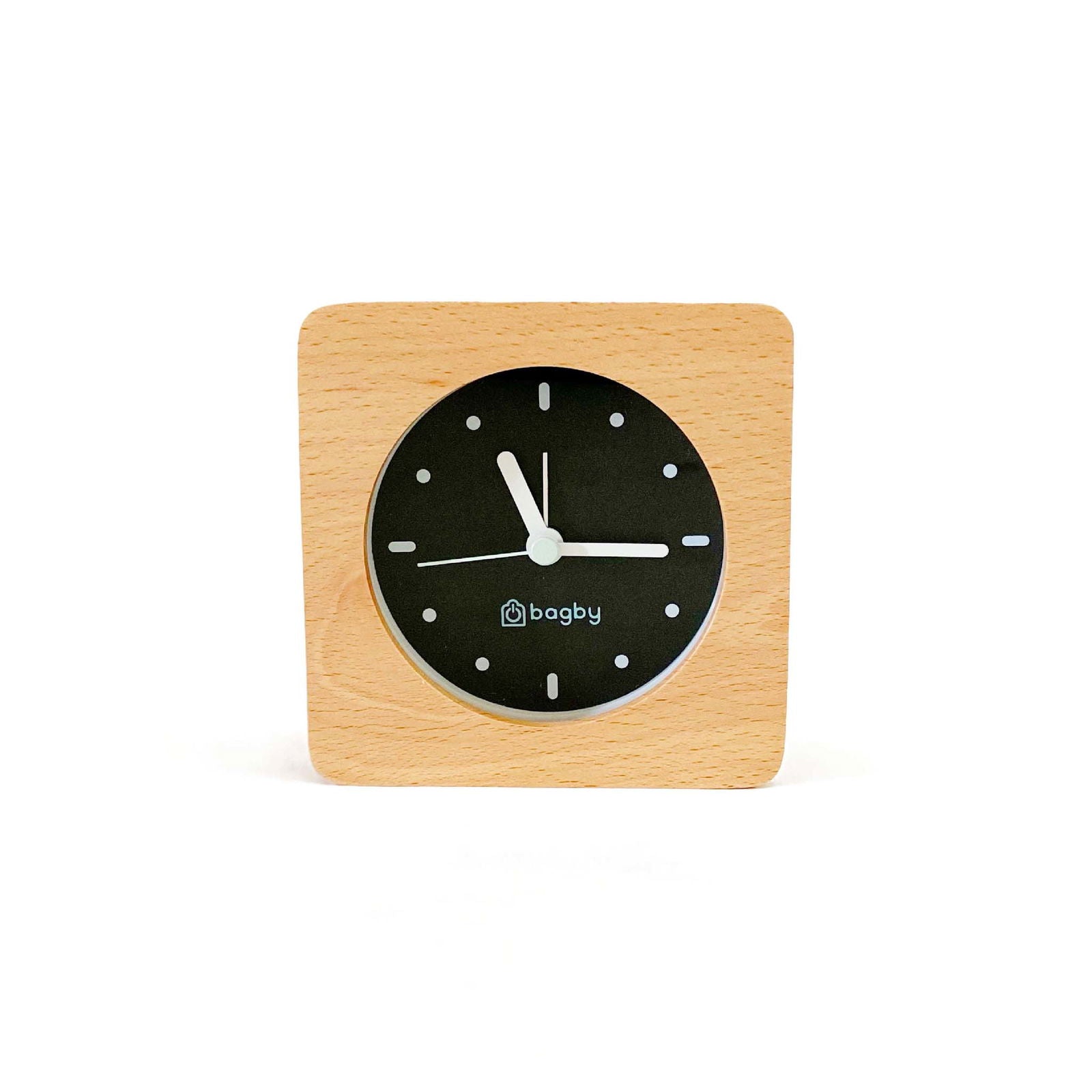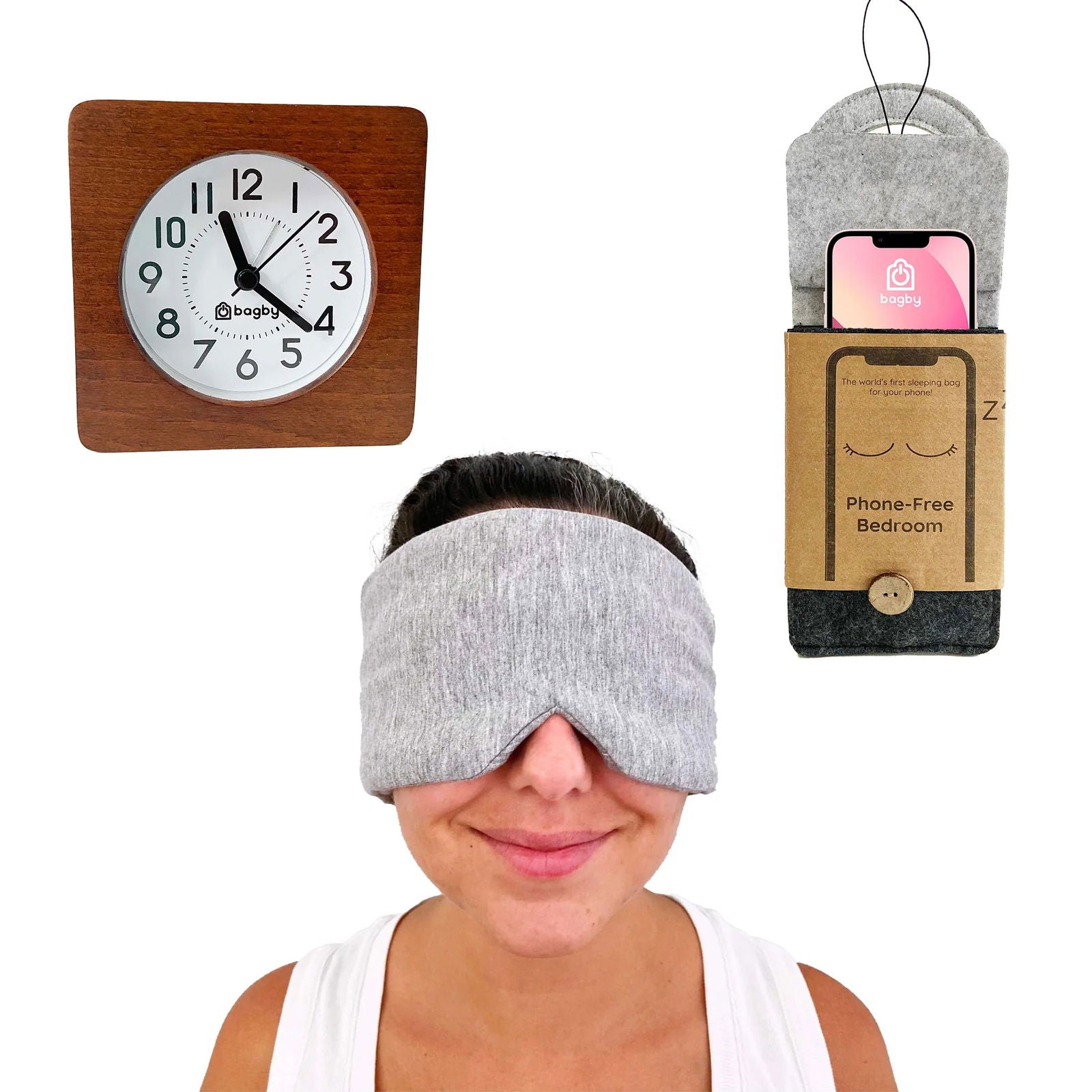Although technology has made our lives unimaginably convenient, the same convenience is one of the prime reasons for increasing social anxiety in the general population, say experts.
As the most intelligent beings on the planet, we like to think that we completely control our thoughts, feelings, and actions. But this couldn’t be further from the truth.
Undeniably, we do control some major aspects of our being. But the rest of it is governed by our subconscious and unconscious brains that are shaped by millennia of evolution.
So, whenever we do things against evolution’s standard practices, it backfires against us.
In this post, we’ll look at how prolonged technology use contributes to increased social anxiety and what you can do to alleviate or prevent this without quitting the convenience of technology. So, let’s begin.
What is Social Intelligence?
Social intelligence is knowing what makes another person tick. It’s about knowing your own motives and feelings, as well as those of others.
If you have high social intelligence, you’ll be comfortable in almost any social situation.
It consists of two general components:
- Social awareness: what we sense about other people
- Social facility: how we deal with our feelings and emotions while interacting with others.
Unlike traditional intelligence, social intelligence is learned and developed as an individual ages and interacts with the world.

How Does One Develop Social Intelligence?
Social intelligence in humans begins in infancy. Experts say infants start to make sense of other people’s actions in socially smart ways within six months of life.
As the child grows up watching and interacting with the people around them, their social intelligence also grows.
Evolution’s idea behind social intelligence is to allow you to interact with the world and get things like social companionship, protection, and a fulfilled life.
But since the virtual world has majorly taken over the real world, most people are not meeting evolution’s criteria to develop optimal social intelligence. This has resulted in a huge number of the population suffering from social anxiety.
What is Social Anxiety?
Social anxiety disorder (SAD), sometimes also referred to as social phobia, is a mental health condition in which individuals avoid socializing due to the fear of being negatively judged.
SAD affects 7.1% of the entire US population, which translates to a whopping 15 million people suffering from the fear of socializing.

SAD’s symptoms include fear of:
- Meeting new people
- Performing in front of people
- Taking or making phone calls
- Using public restrooms
- Asking for help in a restaurant, store, or other public place
- Dating
- Answering questions in front of people
- Eating in front of people
- Participating in interviews
How Does One Develop Social Anxiety?
Like many other mental health conditions, researchers have linked social anxiety disorder to certain biological and environmental factors like:
- Genetics
- Brain structure (people with an overactive amygdala may have a heightened fear response fueling their anxiety in social situations)
- Environment (one can develop SAD after an embarrassing or unpleasant social situation)
Besides these, modern technology has also been found to be one of the things that fuels social anxiety in the general population. Have a look.
The Relation Between Technology & Social Anxiety
In 2018, researchers from San Diego State University and the University of Georgia performed a study of over 1 million American high school students. They found that “teenagers who spend more time on screens and less time on non-screen activities like face-to-face socializing, exercise, or homework were psychologically worse off.”
They also found that when kids started using more screens, their happiness levels dropped significantly.
Another 2017 study found that students “who were addicted to the internet had abnormally high levels of anxiety and struggled to control their impulses and plan their time effectively.”
But how can something like technology that makes our lives so convenient wreak chaos in our mental states?
Lack of Uncertainty
Although uncertainty is the root of anxiety, it’s also one of the main reasons we grow more socially intelligent.
Modern technology, to a degree, takes away uncertainty. Our phones allow us to control and manipulate the digital world but also leave us much less prepared to navigate a world that we can’t manipulate through a push of a button.
Because of this, we’re less prepared to deal with ambiguity when it arises. So, the combination of little to no experience dealing with small uncertainties and the anticipation of big uncertainties as we move forward is what leads to crippling social anxiety.
Negative Emotions Avoided
The real world is a mix of both positive and negative emotions. We embrace the positive ones and deal with the negative ones. Or at least, this is how it’s supposed to work.
But modern technology allows us to avoid negative feelings and emotions. How?
Since social media has taken over our social lives, our interactions with people outside of it have become limited. And when we avoid people for a long time, it affects our confidence and reduces our ability to handle social situations.
This causes people to think of themselves as awkward in social situations, which results in them avoiding the real-world crowd. In turn, we get uncomfortable emotions like boredom, awkwardness, and anxiety. But if you look at it, these emotions arise quite naturally in normal conversations, and you’re supposed to know how to deal with them.
Because technology gives us a safe space where we can avoid negative emotions, our comfort can morph into severe social anxiety over time.

Face-To-Face Communication Ditched
Today is the age of voiceless conversations. There’s instant messaging, direct messaging on social media, and many more, which allow you to converse with people without uttering a single word from your mouth. Because of this, slowly, we’re losing the art of face-to-face communication.
I’ve discussed this in-depth in my post, “Phone Calls Simulate Human Connection, Texts Don’t—Psychology Says.”
Because we’re so accustomed to being able to think and edit our thoughts while texting, it has taken away our ability to deal with conversations as they come.
And the less real-time experience we have to draw from, the shakier and more uncertain we become when even anticipating such situations.
The Huge Load of Pleasing the World
High self-esteem is one of the things that prevents people from developing social anxiety. If you think highly of yourself, you won’t have many problems presenting yourself to the world as is.
But because of social media, our standard for a presentable human being has been raised significantly. So, when we compare ourselves to the people we see on social media, most of the time, it results in disappointment, further decreasing our self-esteem.
It’s like you have a responsibility to present yourself on social media in a way that pleases the crowd—no matter what it takes.
Experts say that such thoughts lead to a significant increase in the gap between who we actually are and what we project, thereby giving a massive boost to our social anxiety.
How Does Technology-Induced Anxiety Affect You?
The first thing social anxiety disorder does is prevent you from living your life. It makes you avoid situations that are normal for most people. And you might even have a hard time understanding how it is so easy for others to handle such a situation.
Social anxiety doesn’t only affect your personal relationships. It can also lead to:
- Low self-esteem
- Negative thoughts
- Depression
- Sensitivity to criticism
- Poor social skills that don’t improve

What Can You Do?
Now, as I already mentioned, there are many reasons why one would suffer from social anxiety. So, it’s tough to know what’s fueling it. If you’re suffering from this problem, and it’s reached a point where it’s negatively affecting your life, I recommend seeing a mental health professional as soon as you can.
Besides that, I recommend you also sit down and introspect your own thoughts and feelings from an objective standpoint to evaluate why you’re socially anxious.
And finally, you need to make some changes in your life to allow you to focus less on the virtual world and more on the real one. Here are some of the ways you can do that.
Take a Tech Break
Taking a tech break doesn’t always mean you have to completely go off the grid, ditching your phone, computer, and other tech-enabled comforts. The aim behind a tech break is to cease unnecessary tech use and spend that time engaging with the real world.
There are many ways you can take a tech break. Some take a tech-less vacation, some ditch their phones in the evening, and some refrain from using technology one day a week.
I’ve explained all the ways you can take a break from technology in my post, “Digital Detox: How & Why to Take a Break From Technology.”
Participate in the Real World
Stopping unnecessary tech use and spending time in the real world brings you many benefits, including:
- Better mental health
- Improved relationships
- More self-esteem and self-confidence
- Higher emotional intelligence
- Less social anxiety
You can start by taking up activities that involve other people, like:
- Joining a public gym
- Joining a club
- Volunteering for charity
- Visiting nearby parks
- Meeting your friends and family
Think of Your Gadgets as Tools
As I've already said several times in this blog: treat your phone as a tool to help enrich your life, and not as something that requires your time and attention.
The irony is computers and cell phones were invented to save us time so we can spend it enjoying real-life things. But today, they're doing the exact opposite. Instead of saving us time, our devices are taking away from us what actually matters in our lives.
So, starting today, think of your gadgets as tools, as they were initially designed to be, and not as something that requires you to spend the majority of your waking life on them.
Enjoy Nature
When was the last time you saw the sunrise or sunset with your own eyes? Most people will say, “Not in a long time.”
And don’t you think that’s a problem?
Spending some time in nature not only treats our eyes with amazing views but also has many physical and mental health benefits.
So, lock your phone, put on your shoes, and go out. Immerse yourself in nature.

Final Thoughts
Although damaging, social anxiety isn’t the only adverse effect that tags along with modern technology. Experts say prolonged tech use affects you physically, mentally, emotionally, and psychologically.
But since modern technology is such a significant part of our lives, we also can’t get rid of it and expect everything to be fine.
So, is there a solution?
Luckily there is. All you need to do is build a healthier relationship with your tech, so you can enjoy the benefits it brings without being subjected to the adverse effects that tag along.
Learn more about it in “The Healthier Tech Podcast,” where experts from different industries explain how to live safer, healthier lives alongside technology.


















